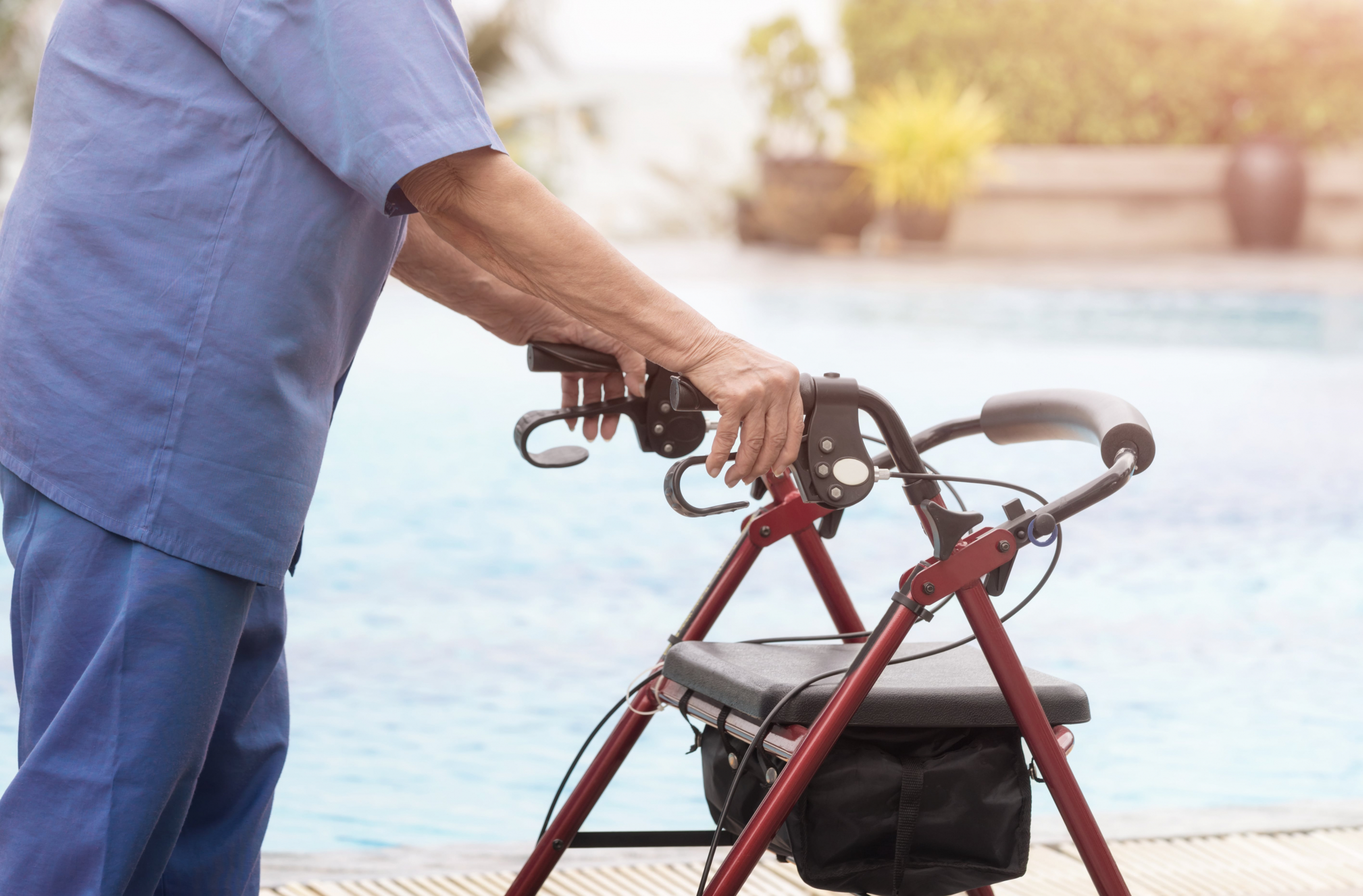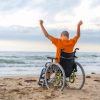Phone: 800-414-2358
Fax: 718-946-6727
- Bathroom Aids
- Respiratory Care
- Disability Accessories
- Walking Aids
- Wheelchairs
- Patient Room
- Bariatric Items
Phone: 800-414-2358
Fax: 718-946-6727

Beginning to Walk with a Rollator after Hip Replacement Surgery
- by
- Steve Zeltser
- -
- September 26, 2018
- -
Beginning to walk after a hip replacement
Walking after a hip replacement is something you should ease into. You should begin slowly, with a physical therapist by your side.
Strengthening your immune system is important. Improving your diet, consuming more fluids, and taking regular short walks can help you regain your strength and confidence.
Leading a healthier lifestyle will help you recovery more quickly and improve your overall quality of life.
Using Medical Walking Aids
Accepting Care
Once your surgery is over and you are on the road to recovery, it is time to begin rehabilitation. A caregiver can help take care of your daily needs and help establish a daily routine. A trusting and respectful patient-caregiver relationship is important. Your family may be able to help arrange a caregiver, or take turns spending time with you while you get back on your feet.
Starting to walk
A medical walking aid is key to a successful recovery journey. Hip replacement surgery is a complex procedure that can be painful to recover from.
Once your surgeon gives you the green light, you are ready to begin taking your initial post-surgery steps. If your first attempt is painful, consider taking it more slowly the next time.
Try to make daily progress in your walking. Muscles recover more quickly when early attempts are made, soon after surgery.
Little by little you will regain your ability to walk safely. Keep a positive outlook, and use a walker to balance your weight and take small steps at first.
Ask for Help when You Need It
A personal aid or family member should accompany you on your early excursions. You may not need their help, but having someone along is an important safety measure in case something goes wrong.
Once you have accumulated some experience and learned to walk more confidently, it is still a good idea to continue using your walking aid. Consider switching to a pair of crutches or a quad cane instead of a walker, the extra support will help you build confidence as you continue to recuperate.
Medical walking devices vary by quality and type. Finding the best device to meet your needs is important for full recovery.

Fast Delivery

Special Discount

Secure Checkout





